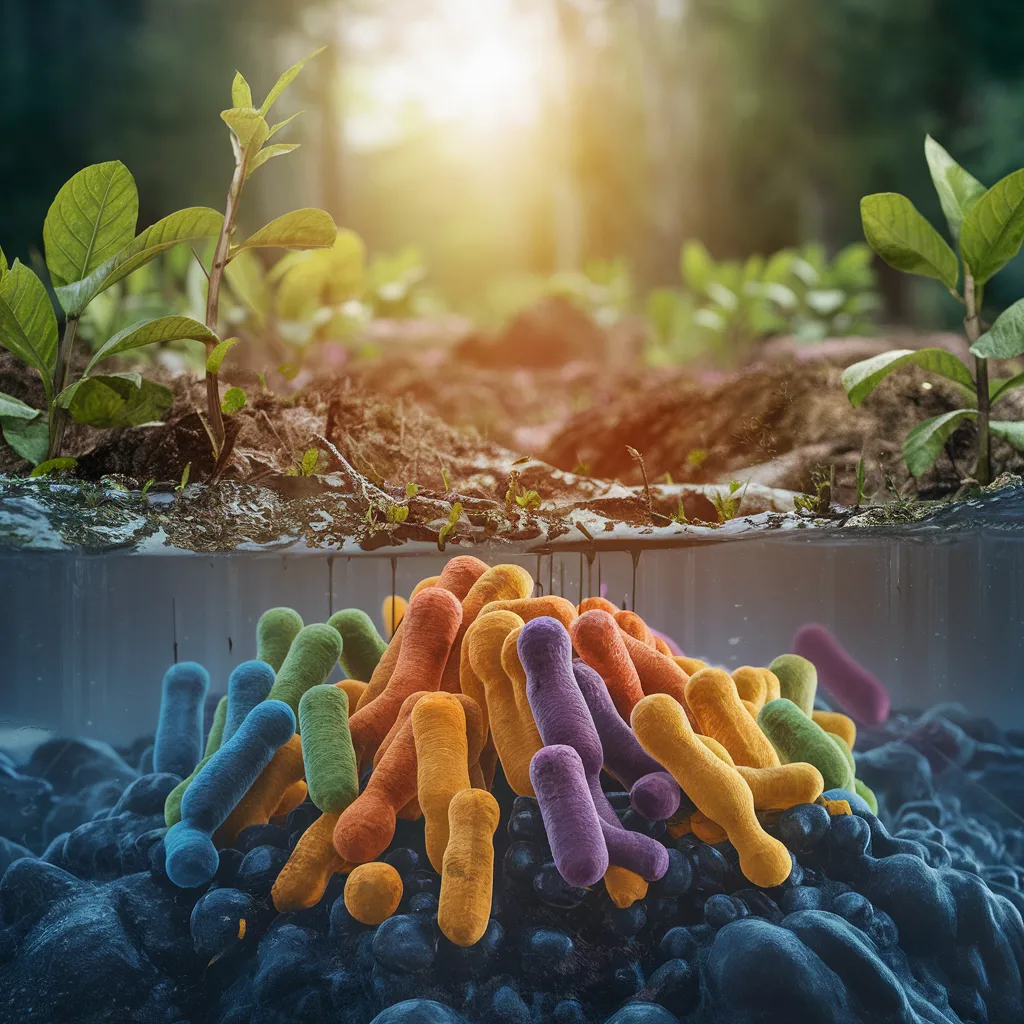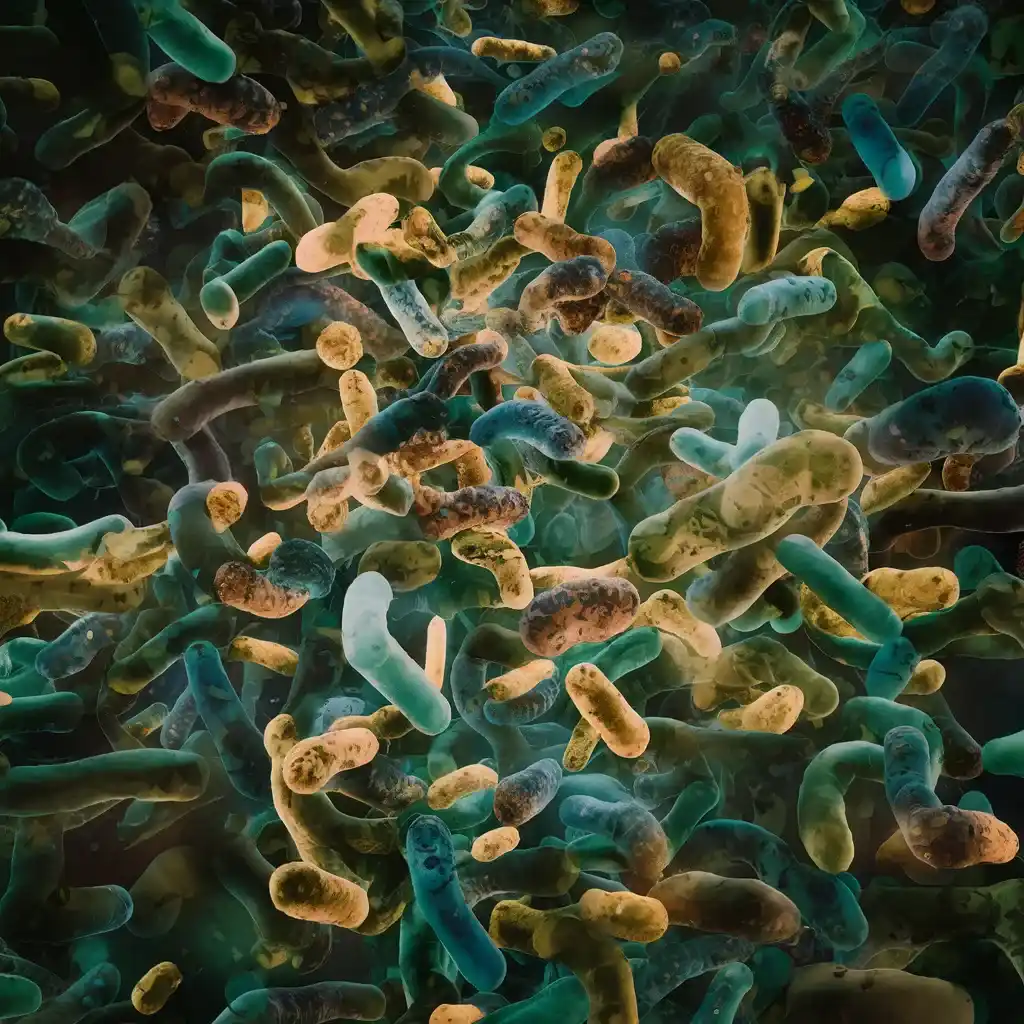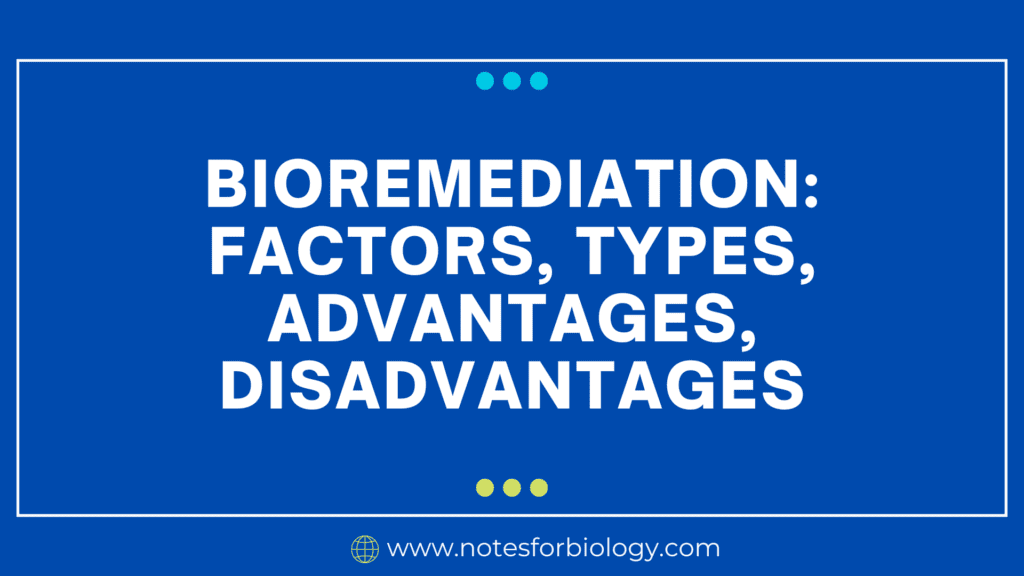Bioremediation is a process in which microbes, plants, or other biological systems detoxify or eliminate toxins from the environment. This approach is commonly used to remove contaminated soil, water, and air. It is a method that uses biological agents, primarily microorganisms like bacteria, fungi, and plants, to breakdown, detoxify, or eliminate pollutants and toxins from the environment
Table of Contents
What is Bioremediation?
Bioremediation is a method that uses biological agents, primarily microorganisms like bacteria, fungi, and plants, to breakdown, detoxify, or eliminate pollutants and toxins from the environment. This environmentally beneficial technique tries to restore contaminated areas, such as soil, water, and air, to their natural, non-toxic form by utilizing the organisms’ normal metabolic activities. It can occur naturally (intrinsic bioremediation) or can be accelerated by adding certain strains of microorganisms or adjusting environmental conditions to speed up the decomposition of pollutants.

Factor of Bioremediation
Biological Factors
1. Microbial Population:
The presence of microorganisms that can degrade pollutants, whether indigenous or foreign.
Microbial diversity and adaptation to polluted environments.

2. Genetic Potential:
Microorganisms’ genetic aptitude to create enzymes required for the breakdown of particular contaminants.

3. Metabolic Activity:
Microorganisms use metabolic processes to break down pollutants.
Chemical Factors
1. Contaminant Characteristics:
Chemical composition and complexity of the pollutant.
Contaminant concentration and toxicity levels.
Solubility and bioavailability of the pollutant in microorganisms.
2. Nutrient Availability:
Carbon, nitrogen, phosphorus, and trace elements are readily available, promoting microbial growth and metabolic activity.
3. Presence of Co-contaminants:
Interaction with other pollutants, which may help or hinder biodegradation.
Environmental Factors
1. Temperature:
The optimal temperature range for microbial activity is normally 20°C to 40°C, but some microbes may function in high temperatures.
2. pH:
Most microbes prefer a neutral pH (6-8), but others can survive acidic or alkaline circumstances.
3. Oxygen Availability:
Aerobic bioremediation requires oxygen, whereas anaerobic bioremediation happens without oxygen.
4. Moisture Content:
Adequate water is required for microbial metabolism and the transportation of nutrients and pollutants.
5. Redox Potential:
The oxidation-reduction potential of the environment influences the sorts of bacteria that can flourish and the degradation routes used.
6. Soil Properties:
Soil texture, porosity, and permeability can affect the movement and availability of pollutants and nutrients.
7. Presence of Inhibitory Substances:
Heavy metals and other hazardous chemicals can reduce microbial activity and bioremediation processes
8. Organic Matter:
Organic matter content can provide additional nutrients but can also bind contaminants, affecting their availability for microbial degradation.
Practical Considerations
1. Site Assessment:
A thorough understanding of site circumstances, including pollutant distribution and concentration, is essential for developing an efficient bioremediation approach.
2. Monitoring and Control:
Monitoring microbial activity, pollutant levels, and environmental conditions on a regular basis is necessary to ensure the bioremediation process’s success.
3. Regulatory Compliance:
Compliance with environmental legislation and standards to ensure that the bioremediation method is lawful and safe.
Types of Bioremediation
1. Situ bioremediation
The treatment of polluted material on-site.
Bioventing
Bioventing is the process of supplying air or oxygen to indigenous bacteria to improve their activity.
Biosparging
Biosparging is the process of injecting air under pressure below the water table in order to improve groundwater oxygen concentration.
Bioaugmentation
Bioaugmentation is the process of degrading pollutants by adding certain strains of bacteria or other microorganisms.
2. Ex Situ Bioremediation
“Ex Situ” Bioremediation is the removal of polluted material for further treatment.
Biopiles
Biopiles are formed by piling excavated soils and turning them on a regular basis to promote aerobic decomposition.
Windrows
Windrows are similar to biopiles, but are made up of lengthy rows that are turned on a regular basis.
Landfarming
Landfarming is the practice of spreading contaminated soil across a big area and tilling it on a regular basis to improve aeration and deterioration.
3.Phytoremediation:
Plants are used to remove, transport, stabilize, and eliminate pollutants.
Phytodegradation: Plants metabolize pollutants.
Phytoextraction: Plants absorb pollutants through their roots and store them in above-ground sections.
Phytostabilization: Plants limit the mobility of pollutants in soil.
Advantages
Environmentally friendly: Utilizes natural processes to breakdown pollutants without producing hazardous byproducts.
Cost-effectiveness: Typically less expensive than traditional physical or chemical procedures.
Simplicity: It can be done with relatively simple equipment and processes.
Minimal Disruption: In situ procedures do not necessitate excavation or transportation of polluted items.
Versatility: Effective against a wide variety of organic contaminants, including hydrocarbons, pesticides, and solvents.
Disadvantages
Time-consuming: It may take several months or years to accomplish the necessary level of repair.
Limited efficacy: Less effective against inorganic contaminants and large quantities of certain pollutants.
Site-Specific Conditions: The effectiveness of a solution is determined on the environmental conditions at the site, which may necessitate significant testing and monitoring.
Incomplete Degradation: This can result in the development of intermediate compounds that are nonetheless hazardous.
Regulatory and public acceptance: Uncertainties about the full breakdown of pollutants may cause regulatory and popular concern.
Frequently Asked Question(FAQ)
What is Bioremediation?
It is a method that uses biological agents, primarily microorganisms like bacteria, fungi, and plants, to breakdown, detoxify, or eliminate pollutants and toxins from the environment. This environmentally beneficial technique tries to restore contaminated areas, such as soil, water, and air, to their natural, non-toxic form by utilizing the organisms’ normal metabolic activities.
What are the factor of Bioremediation?
The factor of Bioremediation are:
1.Biological Factors
2.Chemical Factors
3.Environmental Factors
Related Article

